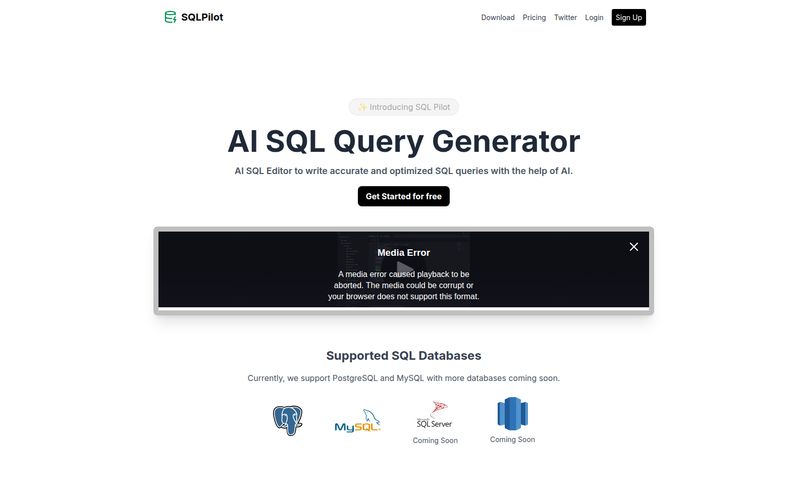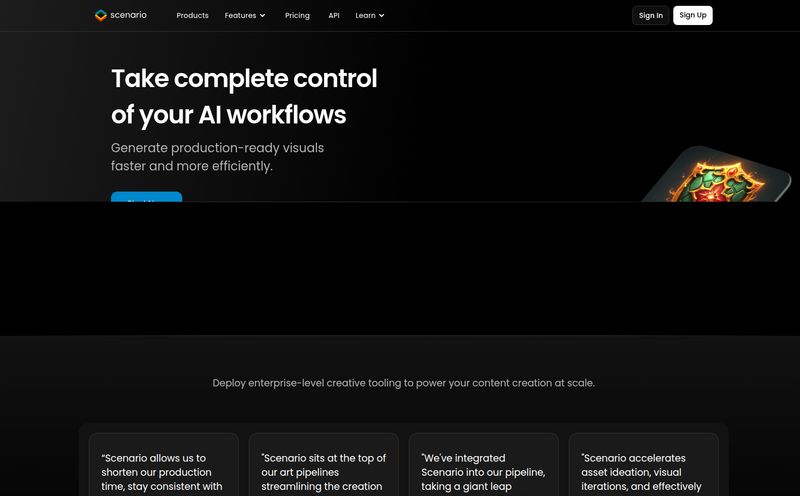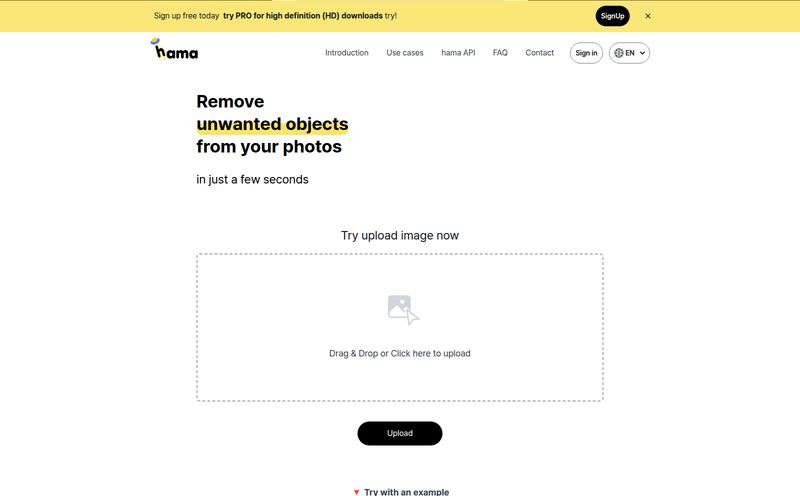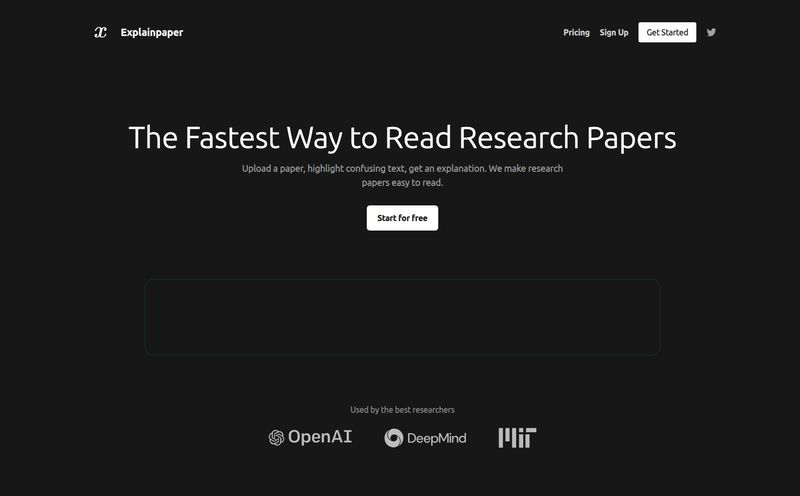The world of enterprise AI can feel like the Wild West. You've got your data scientists over here, building incredible models in their favorite notebooks. You've got your IT and Ops teams over there, trying to figure out how to actually get those models into production without everything catching on fire. Then you have the software developers who need to plug into these models, and the C-suite who just wants to see a return on their massive AI investment. It’s… a lot.
For years, we've been told to stitch together a dozen different tools to make it all work. A tool for data prep, another for modeling, a separate one for deployment, and a whole other system for monitoring. The result is what I affectionately call a “Franken-stack”—a complex, brittle monster that’s a nightmare to manage. I've seen teams spend more time on plumbing and maintenance than on actual innovation. It’s a traffic jam of good intentions.
So when I see a platform like DataRobot come along with the bold claim to “Ditch the complex tech stack,” my inner SEO and tech-nerd sits up and pays attention. Is it just marketing fluff, or can one platform really wrangle the entire AI lifecycle? I decided to take a closer look.
What Exactly is DataRobot, Anyway?
At its core, DataRobot is an end-to-end AI platform. Think of it less as a single tool and more as a complete workshop for building, deploying, and managing artificial intelligence. The whole idea is to provide a single, unified environment where all your AI activities can happen, from the first curious exploration of a dataset to a fully governed model serving millions of requests in production.
They talk a lot about “Value-Driven AI,” which sounds like corporate-speak, but what they seem to mean is focusing on business outcomes, not just technical specs. How quickly can you get a model from an idea to something that actually makes or saves the company money? According to one of their customer testimonials, the key is “time to value.” And in this economy, speed is everything.
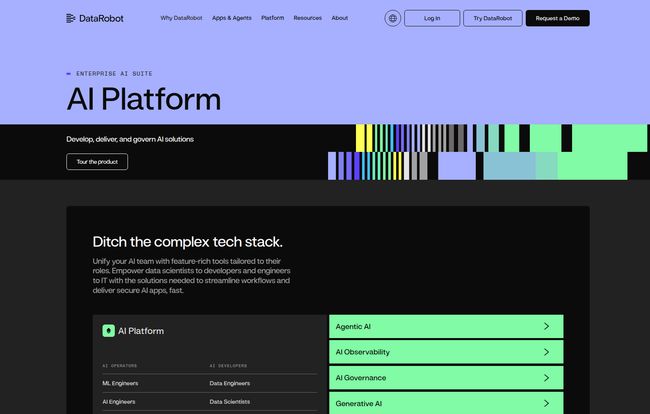
Visit DataRobot
The All-in-One AI Dream: What's Inside the Platform?
Okay, so “end-to-end” is a big promise. I've seen it slapped on everything. What does it actually mean in DataRobot's world? It seems to break down into a few critical areas.
MLOps: The Unsung Hero of Production AI
This is where my interest really gets piqued. MLOps, or Machine Learning Operations, is the nitty-gritty, unglamorous work that makes AI work in the real world. It’s deploying models, monitoring them for performance degradation (a.k.a. model drift), and managing their lifecycle. Without good MLOps, even the world's best model is just a science project sitting on a laptop.
DataRobot offers a centralized MLOps dashboard. This is a command center for all your models, regardless of where they were built—Python, R, a different platform, you name it. This “agnostic” approach is smart. It acknowledges that businesses already have existing workflows and doesn’t force them to throw everything out. It’s about managing the orchestra, not telling every musician what instrument they have to play. This alone can prevent so many headaches, especially with versioning and rollbacks.
Generative and Predictive AI Under One Roof
For the last decade, enterprise AI has been dominated by predictive AI—forecasting sales, predicting customer churn, identifying fraud. It's incredibly powerful. But now, generative AI is the talk of the town, creating everything from text to images. Most companies are struggling to handle both.
DataRobot has integrated both. You can use their platform to build a classic predictive model and also experiment with and deploy generative AI applications, potentially using your own private data. This is a big deal. It means you can have a single governance and deployment framework for two very different, but equally important, types of AI. That's a forward-thinking move that a lot of older platforms are probably scrambling to copy.
AI Governance and Observability: Your AI Safety Net
If MLOps is the plumbing, AI Governance is the building inspector. In a world with increasing regulation (like the EU AI Act) and concerns about bias and fairness, you can’t just throw a black-box model into the wild. You need to know why it's making the decisions it's making. You need to monitor it for unexpected behavior.
DataRobot's platform includes tools for AI observability and governance. This helps you track model lineage, document everything for compliance, and get alerts if a model starts acting weirdly. It’s the adult supervision that gives businesses the confidence to deploy AI in high-stakes situations, like banking or healthcare. This isn't just a nice-to-have feature; for any serious enterprise, its a must have.
Who is This Platform Actually For? (It's Not Just for Data Scientists)
Looking at their site, DataRobot is clearly targeting the whole team. This is not just a workbench for the lone-wolf data scientist. It’s designed for collaboration:
- Data Scientists & AI Engineers: They get a powerful environment to build and experiment, with automation to handle the boring stuff.
- IT & MLOps Engineers: They get a centralized system to deploy, monitor, and manage models, which is a huge operational win.
- Software Developers: They get easy-to-use APIs to integrate models into their applications without needing a PhD in machine learning.
- IT & Infosec: They get the governance and security controls they need to sleep at night.
This collaborative aspect is probably one of its strongest selling points. When everyone is looking at the same dashboard and speaking the same language, projects move a hell of a lot faster.
My Big Question: What About the Price?
Alright, let's address the elephant in the room. You can scour the DataRobot website, but you won't find a pricing page with neat little tiers. This is pretty standard for enterprise-grade B2B platforms.
This almost certainly means one thing: it's expensive. Pricing is likely customized based on usage, the number of users, the specific features you need, and whether you're deploying on-premise, in a private cloud, or using their SaaS offering. You'll have to “Request a Demo” and talk to a sales rep to get a quote.
Don't let that scare you off if you're the target audience. For a large company, the cost of a platform like this could easily be offset by the cost of hiring a dedicated MLOps team or the losses incurred from a single, poorly-managed model failure. The ROI calculation here isn't about the sticker price; it's about the cost of the alternative, which is often chaos.
The Final Verdict: Is DataRobot Worth the Investment?
So, do I think DataRobot lives up to the hype? From my analysis, it looks like a seriously powerful and comprehensive platform. It’s not just a tool; it's a strategic solution for companies that are serious about making AI a core part of their operations.
The biggest pro is its all-in-one nature. By bringing the entire AI lifecycle under one roof, it tackles the biggest source of friction in enterprise AI: the handoffs between disparate teams and tools. The flexibility in deployment (on-prem, cloud, SaaS) and its agnostic approach to model management are also huge wins.
The potential con? Complexity and cost. A platform this powerful isn't something you master overnight, and it will require a significant financial investment. This is not a tool for a small startup or a solo developer tinkering on a side project. This is a tool for organizations that feel the pain of a fragmented tech stack and are ready to invest in a centralized nervous system for their AI initiatives.
In my opinion, if your business is trying to scale its AI efforts and you're tired of the Franken-stack, DataRobot is absolutely worth a serious look. It might just be the conductor your AI orchestra needs.
Frequently Asked Questions about DataRobot
What kind of support and infrastructure options does DataRobot offer?
DataRobot is quite flexible. They offer three main infrastructure choices to fit different security and operational needs: on-premise for full control, a virtual private cloud (VPC) for a balance of security and scalability, and a software-as-a-service (SaaS) model for the quickest setup.
Is DataRobot only for predictive machine learning?
No, and that's one of its key strengths. The platform supports both traditional predictive AI (like forecasting and classification) and the newer generative AI models. This allows you to manage your entire AI portfolio, from classic ML to cutting-edge applications, within a single system.
How does DataRobot help with AI governance and compliance?
It provides a centralized framework for managing and monitoring all your AI models. This includes features for model documentation, tracking lineage, detecting bias, and observing performance in real-time. This is critical for meeting regulatory requirements and minimizing operational risk.
Is DataRobot suitable for a small business?
Honestly, it's probably overkill for most small businesses. DataRobot is an enterprise-grade platform designed to solve the complexity that arises at scale. A smaller company might be better served by individual cloud-based ML services or open-source tools until their needs become more complex.
What does "agnostic MLOps" mean?
It means DataRobot's MLOps capabilities can manage any model, no matter how or where it was created. Whether your team built it in Python, R, or using another AI tool, you can bring it into the DataRobot environment for deployment, monitoring, and governance. This avoids vendor lock-in and respects existing workflows.
A Final Thought
Navigating the AI landscape is tough. There's a new tool or framework every week, and the hype cycle is relentless. Platforms like DataRobot represent a move toward maturity—away from fragmented experiments and toward integrated, governed, and value-focused AI systems. It’s a serious platform for serious AI ambitions, and for the right company, it could be the move that turns a chaotic AI practice into a streamlined engine for growth.
References and Sources
- DataRobot Official Website
- Martin Fowler's article on Continuous Delivery for Machine Learning (CD4ML) for more on MLOps concepts.
